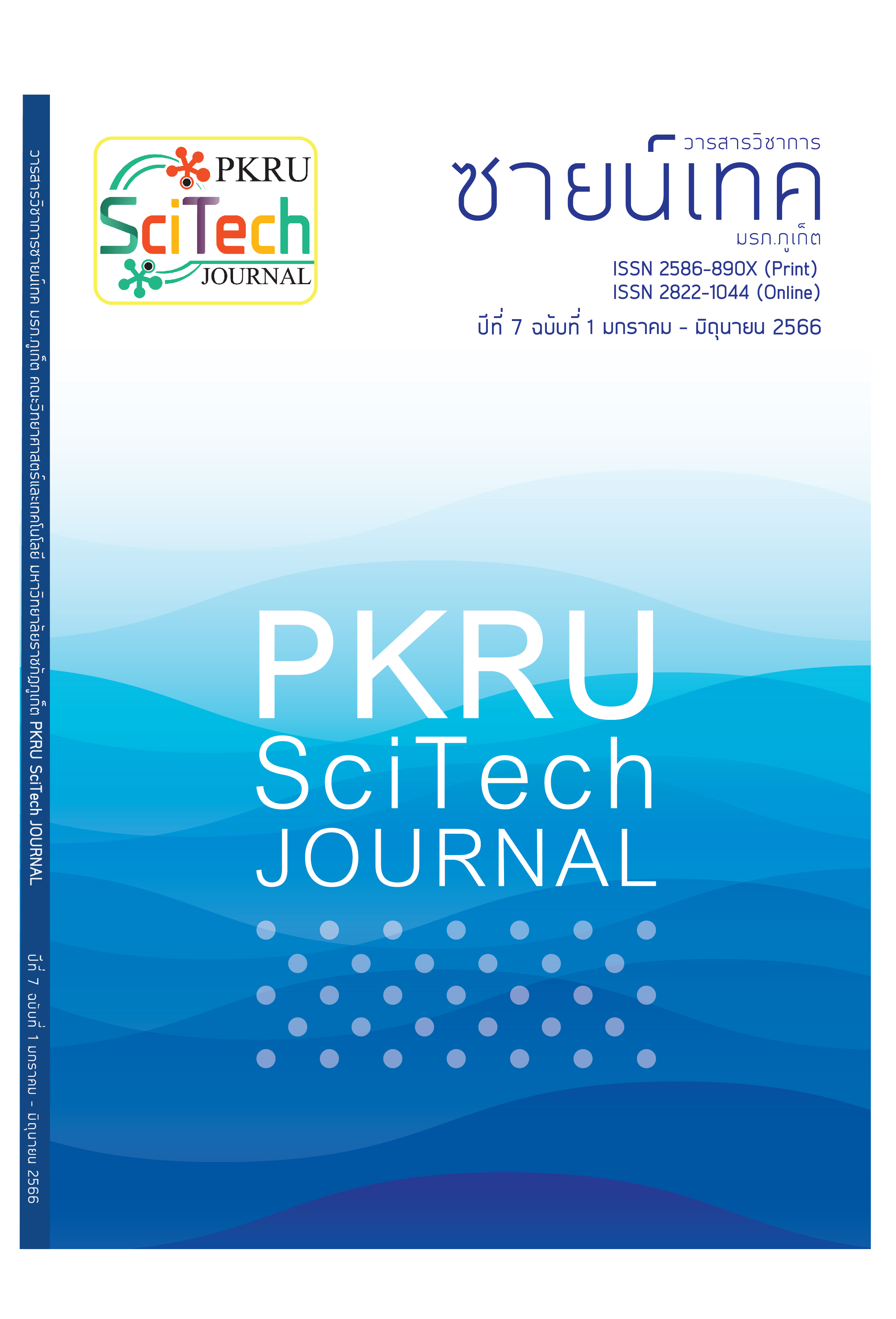Avocado Species Classification System Using Deep Learning Technique via Smartphone
Main Article Content
Abstract
Avocado is a fruit that is slightly more expensive than other fruits, depending on the species. Nevertheless, the identification of avocado species is a very complex and difficult process, suitable only for specialists. In this work, the development of a system for the analysis of avocado species is proposed. This is a mobile application that uses deep learning to analyze the physical appearance of the avocado and identify the species. The research process started with the collection of images of three avocado species (Peterson, Buccaneer and Booth 7). A model was developed using convolutional neural network, TensorFlow and python programming language. The model was then evaluated for accuracy, precision and recall. Then, the model was used for system development, which was written in Android Studio. Finally, the system was evaluated based on classification accuracy. The result was that deep learning can provide high classification performance. The 1.0 MobileNet-224 had the best accuracy of 97.10%, precision of 97.20% and recall of 97.10%. A smartphone test showed that the system was able to identify avocado species with an average accuracy of 84.45%. All experimental results show that the proposed method is able to provide accurate results for the classification of avocado species, and thus is very useful to efficiently accomplish the task of avocado species identification.
Article Details

This work is licensed under a Creative Commons Attribution-NonCommercial-NoDerivatives 4.0 International License.
- The original content that appears in this journal is the responsibility of the author excluding any typographical errors.
- The copyright of manuscripts that published in PKRU SciTech Journal is owned by PKRU SciTech Journal.
References
กรมส่งเสริมการเกษตร กระทรวงเกษตรและสหกรณ์. (2564). อะโวคาโดไม้ผลพืชเศรษฐกิจสร้างความยั่งยืนบนพื้นที่สูง. [ออนไลน์], สืบค้นจาก https://esc.doae.go.th/wpcontent/uploads/2019/07/Avocado.pdf (11 พฤศจิกายน 2564).
สำนักงานเกษตรและสหกรณ์จังหวัดน่าน. (2564). อะโวคาโด เทคนิคการปลูกให้ได้ผลผลิตดี. [ออนไลน์], สืบค้นจาก https://www.opsmoac.go.th/nan-article_prov-preview-422791791877 (16 ตุลาคม 2564).
Giancarlo, Z., Rezaul, K., & Ahmed, M. (2017). Getting Started with Deep Learning (1 th edition). United Kingdom: Packt Publishing.
Ferentinos, K. (2018). Deep learning model for plant disease detection and diagnosis. Computer and Electronics in Agriculture, 145(1), 311-318.
Amara, J., Bouaziz, B., & Algergawy, A. (2017). A Deep Learning Based Approach for Banana Leaf Diseases Classification. Lecture Notes in Informatics, 2017 (1), 79-88.
Xue, G., Liu, S., & Ma, Y. (2020). A hybrid deep learning-based fruit classification using attention model and convolution autoencoder. Complex & Intelligent Systems, 2020 (1), 1-11.
Lim, M., & Chuah, J. (2018). Durian types recognition using deep learning techniques (pp 183 - 187). In 9 th IEEE Control and System Graduate Research Colloquium (ICSGRC 2018). Malaysia.
Pattansarn, N., & Sriwiboon, N. (2020). Image processing for classifying the quality of the Chok-Anan mango by simulating the human vision using deep learning. Journal of Information Science and Technology, 10(1), 24-29.
Petagon, R., & Pantho, O. (2020). Drone for detecting forest fires using deep learning technique. Sripatum Review of Science and Technology, 12(1), 65-78.


